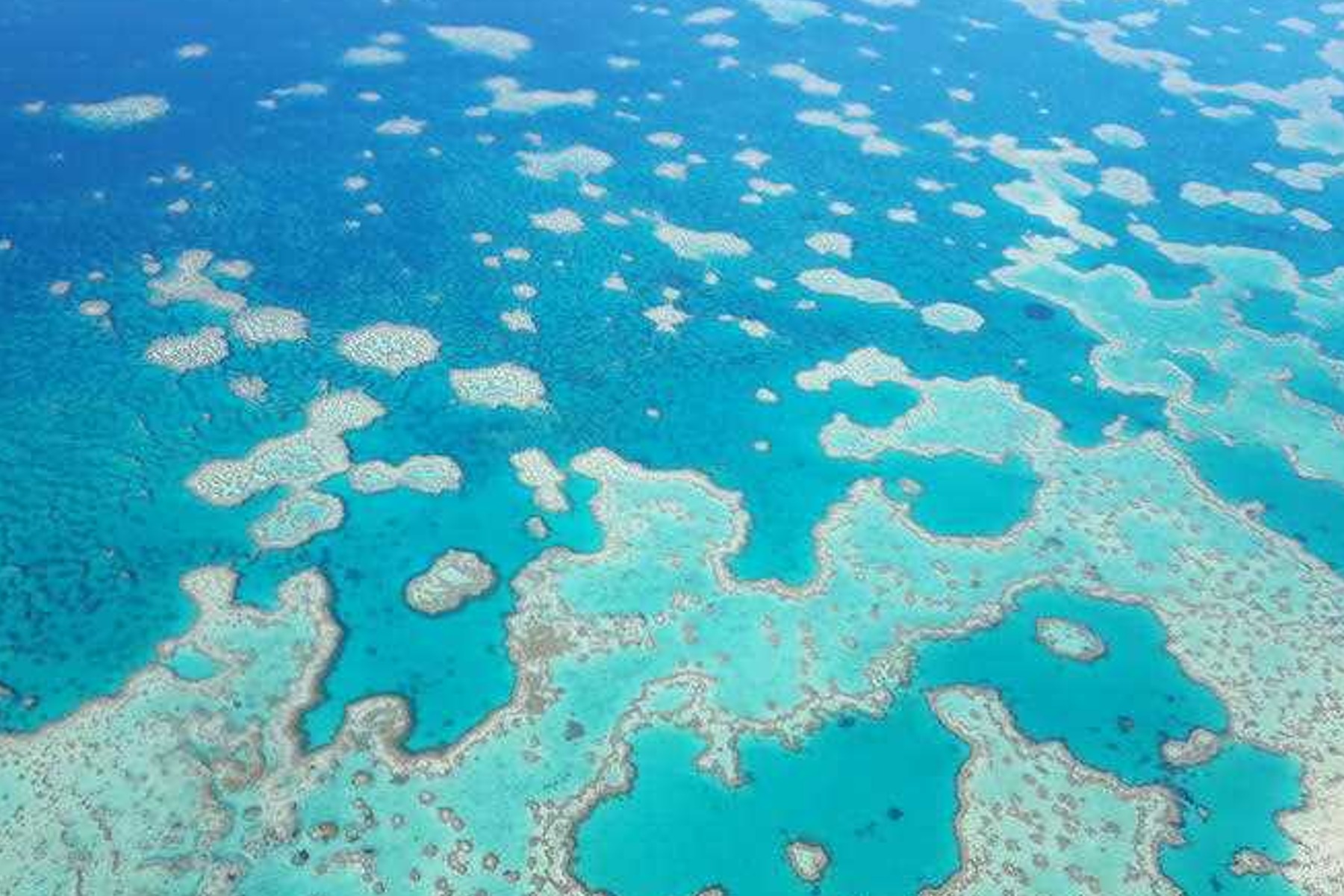Coral coverage crashes after ‘unheard of’ heat events
Two of the Great Barrier Reef’s three regions have recorded their sharpest declines in coral coverage in four decades as heat stress batters the living wonder.

Coral cover on parts of the Great Barrier Reef has crashed by as much as a third from record high levels following a global mass bleaching event.
The heat-vulnerable tropical ecosystem off the coast of Queensland has experienced its sharpest decline in hard coral prevalence in four decades, with a 2024 spike in ocean temperatures largely to blame.
The Australian Institute of Marine Science’s latest survey does not capture the most recent bleaching event confirmed earlier in 2025 that struck the Great Barrier Reef as well as ecosystems off the Western Australian coastline.

Report co-author Daniela Ceccarelli was concerned about the growing prevalence of bleaching events.
“These back-to-back events were previously completely unheard of,” Dr Ceccarelli told AAP.
Heat stress events in quick succession were worrying given the emerging dominance of “fast to grow and first to go” Acropora coral species.
You might like
Capable of bouncing back quickly after a destructive event when given more space to expand, the fast-growing varieties were largely responsible for the previous survey’s record-high coral coverage rates.
Dr Ceccarelli likened the fast-growing corals to grasses and bushes that shoot up first after a bushfire.
“And if you were to fly over, you’d go ‘it’s nice and green, it’s great’,” she explained.
“But the trees are not there yet.”
With heat stress events coming too often for hardier, slow-growing corals to get a foothold, Dr Ceccarelli warned such cycles of crash and rapid recovery were becoming more common.
“The question is, how long can this go on before we reach a low from which recovery is not possible?
“We don’t know that, but it’s worrying we aren’t getting a lot of time between heatwaves anymore.”

Stay informed, daily
Particularly sensitive to heat stress, corals expel the algae living in their tissues when water is too warm, causing the coral to turn completely white.
Coral can recover from bleaching but it is a sign of stress and can kill the organisms if severe enough.
Cyclones and crown-of-thorn starfish outbreaks also contribute to reef damage, but AIMS said climate change-fuelled ocean warming drove much of the 2024 coral coverage decline.
The entire tropical ecosystem recorded falls in coral coverage — an internationally-recognised indicator of reef health — but declines were sharpest in the south.
Coverage fell by nearly a third in the southern region, from 38.9 per cent to 26.9 per cent.
North of Cooktown, coverage fell by roughly a quarter.
In the central region, hard corals shrunk nearly 14 per cent.
Even with those sharp declines, when coming from such a high base, overall coverage is now hovering around long-run averages.
AIMS chief executive officer Selina Stead said ocean warming caused by climate change was clearly impacting coral reefs.
“The future of the world’s coral reefs relies on strong greenhouse gas emissions reduction, management of local and regional pressures, and development of approaches to help reefs adapt to and recover from the impacts of climate,” Professor Stead said.
-with AAP





